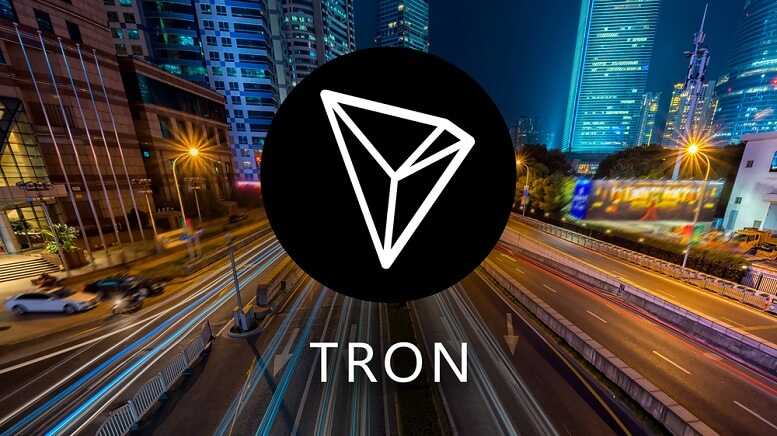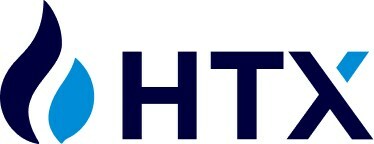Bitcoin Surges Before Elections

The cryptocurrency market has witnessed a significant surge with Bitcoin reaching unprecedented heights, trading at $73,000 ahead of major global elections. This remarkable rally is attributed to renewed investor interest in digital assets amidst geopolitical uncertainties.
Bitcoin’s recent price movement is not merely a result of speculative trading but is also driven by institutional investors flocking towards Bitcoin ETFs. With the advent of these exchange-traded funds, traditional investors find it easier to include Bitcoin in their portfolios without the complexities of dealing with cryptocurrency exchanges.
Furthermore, the rise in Bitcoin prices has been accompanied by increasing interest from retail investors, who see the digital currency as a hedge against inflation. This growing interest is reflected in the trading volumes across various cryptocurrency exchanges, which have hit new highs.
The approval of Bitcoin ETFs by financial regulators has played a pivotal role in legitimizing the cryptocurrency market. ETFs allow investors to gain exposure to Bitcoin without owning the digital asset directly, thus reducing the risks associated with digital wallets and cybersecurity threats.
Moreover, the current geopolitical climate has made Bitcoin an attractive asset for investors seeking stability. As traditional markets face volatility due to impending elections, many investors are turning to Bitcoin as a safe haven.
Cryptocurrency analysts believe that this upward trend could continue as more countries explore the possibility of adopting Bitcoin as a legal form of payment. This adoption could potentially lead to an increase in demand and consequently drive prices even higher.
Additionally, technological advancements within the blockchain space are expected to bolster Bitcoin’s position as a leading digital currency. Innovations such as the Lightning Network aim to enhance transaction speeds and reduce fees, making Bitcoin more accessible for everyday transactions.
Despite the optimism surrounding Bitcoin, investors are advised to exercise caution. The cryptocurrency market is highly volatile, and prices can fluctuate dramatically within short periods. As such, it is crucial for investors to stay informed and consider their risk tolerance before making investment decisions.
As Bitcoin continues to break new ground, it is clear that the cryptocurrency is more than just a passing trend. With increasing institutional backing and technological improvements, Bitcoin is well-positioned to cement its status in the global financial system.
Footnotes:
Featured Image: depositphotos @ sdecoret





